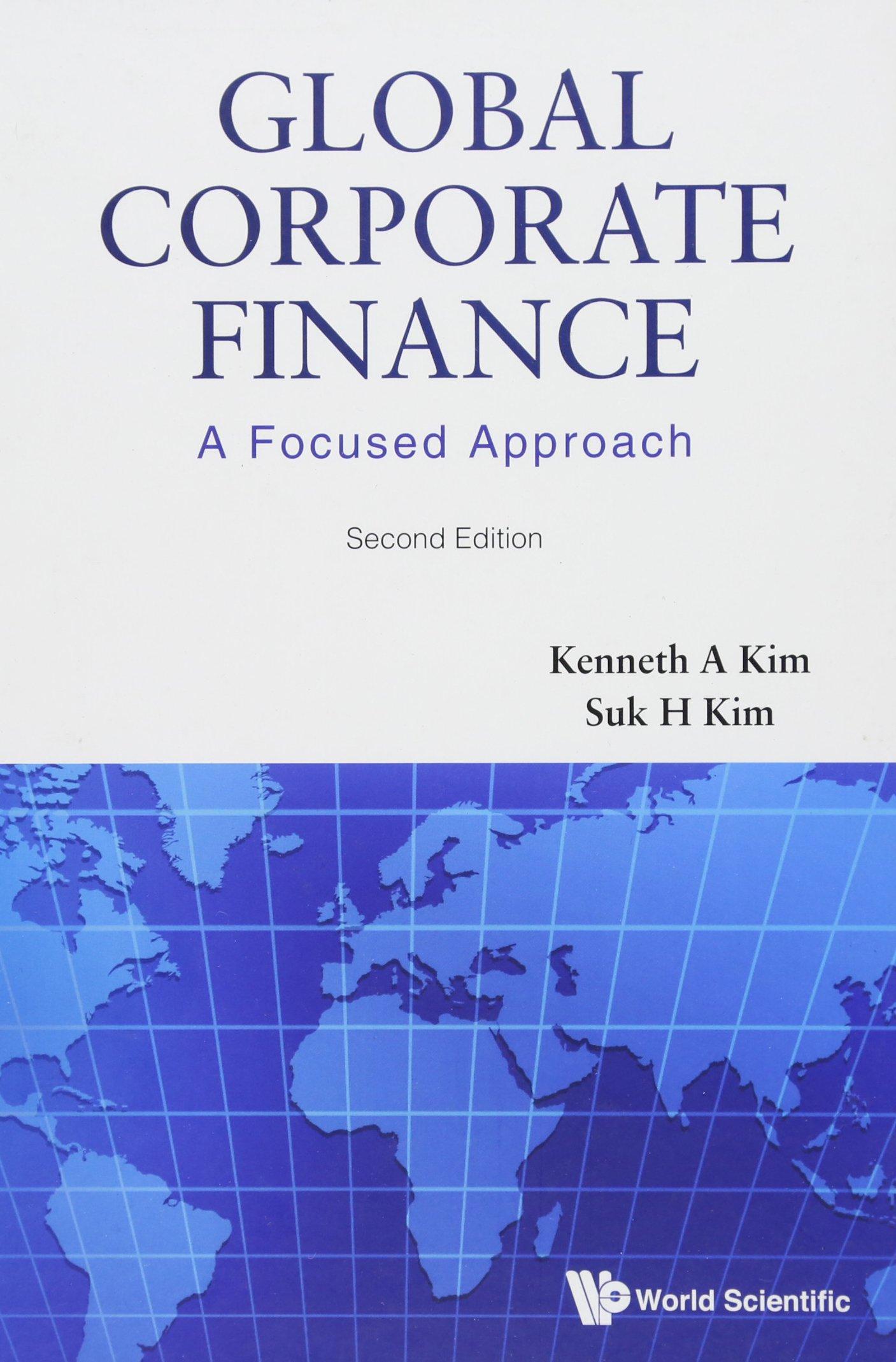Question
Given that a company borrowed 150 million to pay for RD costs in the form of corporate debt that will be paid off one period
Given that a company borrowed 150 million to pay for RD costs in the form of corporate debt that will be paid off one period down the line and invested in buying a factory for 100 million. If this factory is built, it will generate one-time cash flow next year at t=1 (there is no more cash flow from t=2 and onward). The cash flow will be 350 million with probability 0.5 and 80 million with probability 0.5. Discount rate is 5%. There is no bankruptcy cost. There are no corporate taxes. This company does not have cash, current debtholders are not willing to give more money and the company makes decisions to maximize equityholder value.
Suppose that manager is trying to fund the factory building cost by issuing senior debt. Owners of this senior debtholders will be paid first, then original (existing) debtholders will be paid and lastly, equityholders will be paid.
a. Would existing debtholders agree to issuing senior debt?
b. With the agreement of existing debtholders on issuing senior debt, would the manager be able to fund the factory building cost of 100 million through issuing senior debt?
c. If answer to part b is yes, how much face value of senior debt (amount that SuperMed will pay to senior debtholders at t=1) does the manager need to issue to cover the 100 million cost of building a factory?
d. If senior debt was issued to cover 100 million cost of building a factory, what is PV of existing debt?
e. If senior debt was issued to cover 100 million cost of building a factory, what is PV of equity?
Step by Step Solution
There are 3 Steps involved in it
Step: 1

Get Instant Access to Expert-Tailored Solutions
See step-by-step solutions with expert insights and AI powered tools for academic success
Step: 2

Step: 3

Ace Your Homework with AI
Get the answers you need in no time with our AI-driven, step-by-step assistance
Get Started


